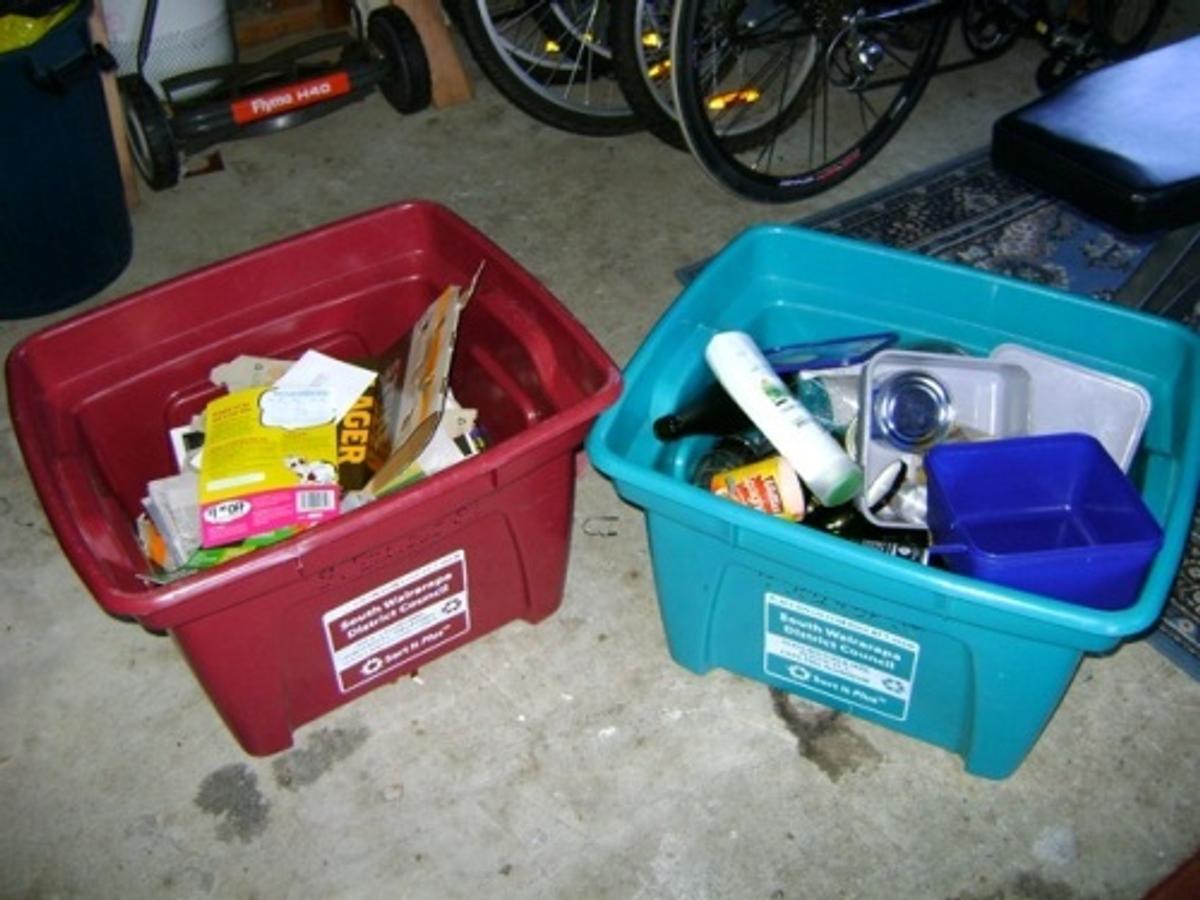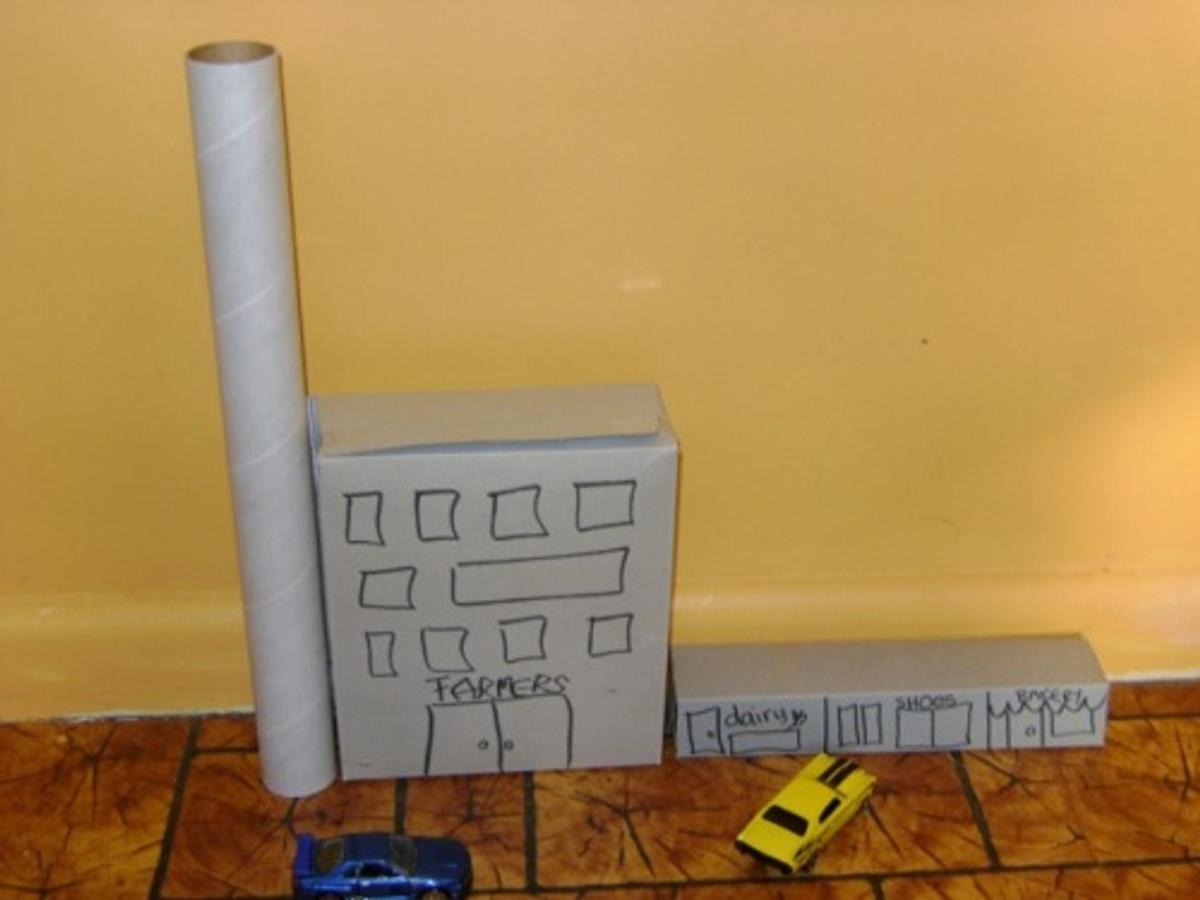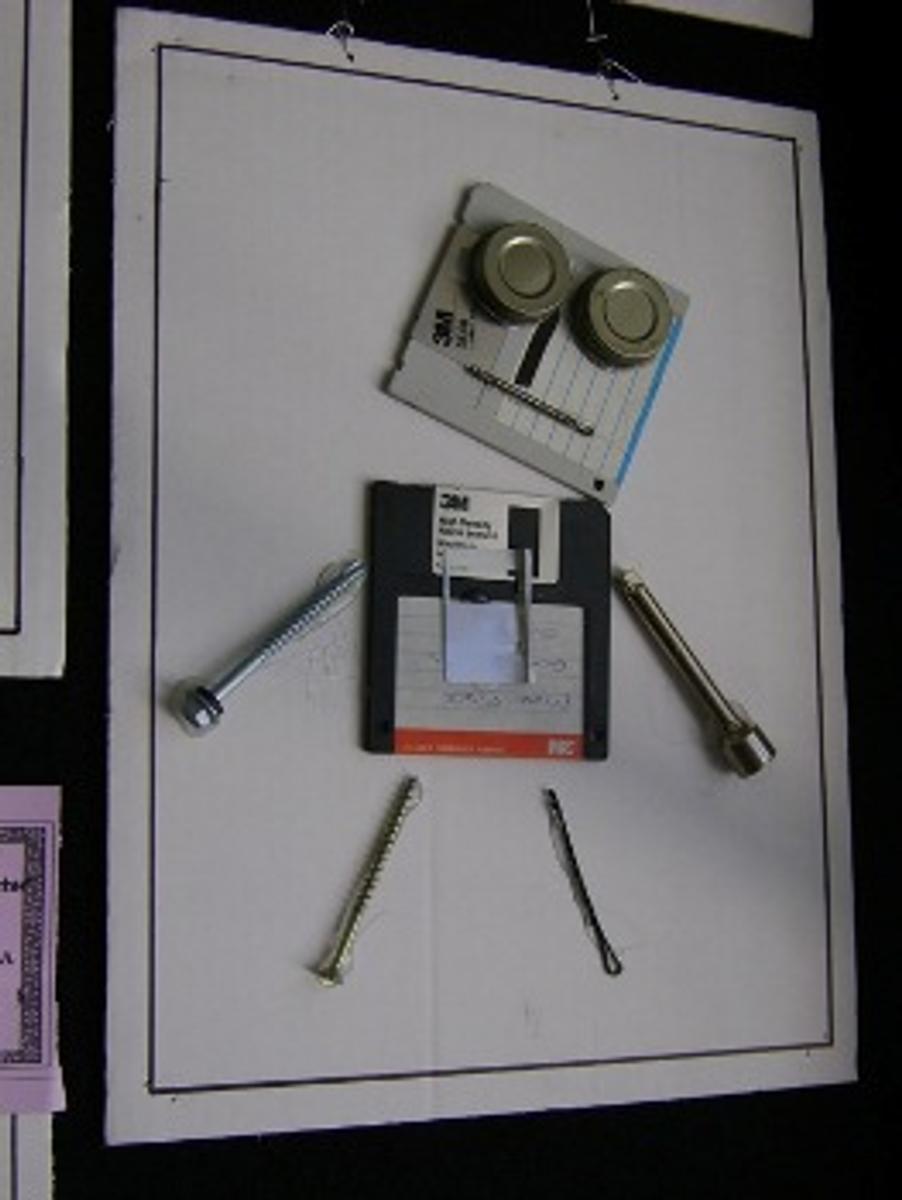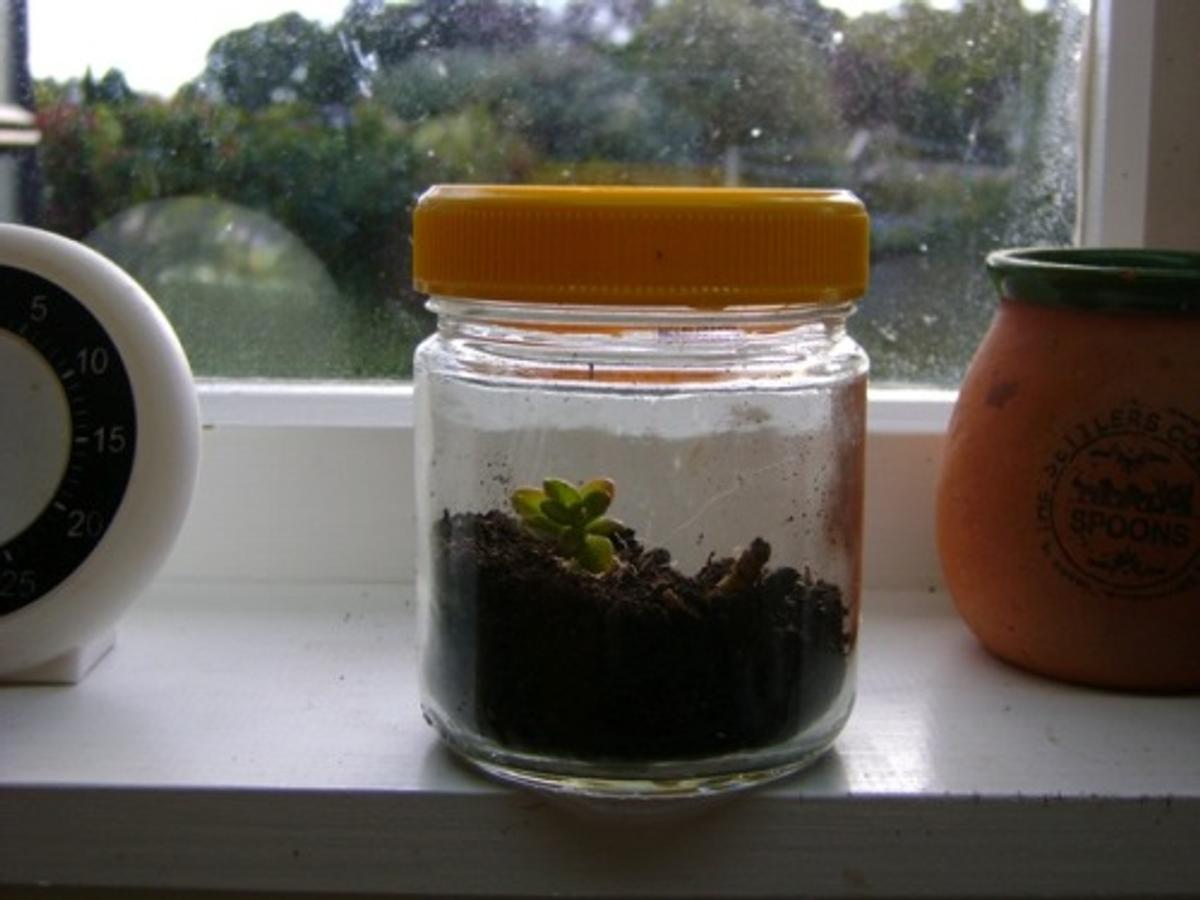Numeracy News-
Maths at Our House: recycling

Numeracy News-
Maths at Our House: recycling
There is a bundle of maths stuff that gets sent to the footpath each week – it’s all in the recycling bin! The recycling bin is a great place to find things to help your child learn about geometry and to find things that you can reuse as maths gear before the junk makes its final trip to the big truck.
A really important skill in geometry is being able to sort and classify things according to their characteristics. The great thing is that is exactly what we have to do when we sort the recycling. Ask your child to help you sort and talk about why these things (the plastics) are different from these things (the paper or the glass or the metal). As you are sorting talk about other ways you can sort, by shape or size, or colour. You can carry these sorting ideas over to playing with toys together and sorting plastic animals (zoo or farm, bird or mammal) or small cars or action figures.
Let’s see how many glass things we have. You sort them out first and then we’ll count. How come this isn’t glass? I can see through it!


The development of a strong geometry vocabulary will support a child when they are explaining their thinking and asking questions. You can help them to acquire these new words by talking about shape and size and space. When sorting the recycling ask them to describe the shapes of objects to you. Encourage them to use general descriptions like round, flat, box, ball, pointed, smooth. Also teach them and encourage them to use the more specific geometry words for shapes and solids like cube, sphere, circle, triangle, pyramid, prism, cuboid, edge.
You call a box a cuboid. That’s a funny word but it’s a geometry word. How many cuboids are in the cardboard recycling? Yeah, the toothpaste box is a long cuboid and the Weetbix box is more square. Is the egg box a cuboid?


If you enjoy making things with your children the recycling bin can provide cheap materials to create art projects and sculptures. During the making sessions support your child’s spatial thinking by asking questions and making comments.
Do you think that will fit there? How will we get all the edges to match up? I can see you rotated that piece and glued it on upside down to make a hat!
Some recycling bin projects:








Some things that you may be tempted to throw out can be useful items.

